Austrian winemakers are making very good wine and are not afraid of letting the world know.
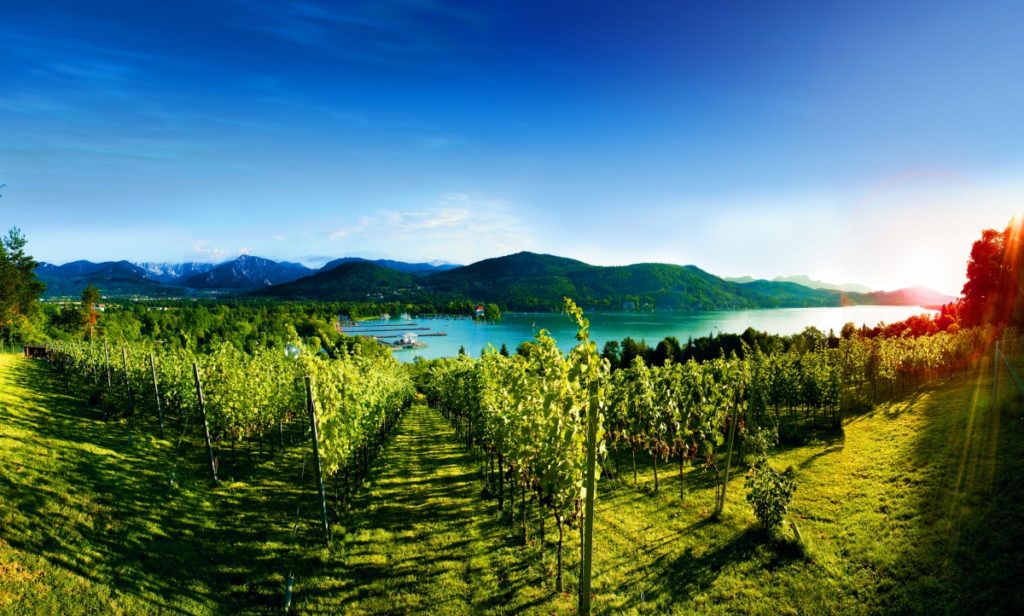 Austria is not only about the history of the Habsburgs, the Sachertorte and the Viennese waltz; there is also the wine. Excellent wine, as I discovered during a standout visit to the country three years ago, where a day-trip to Kamptal become the highlight of a spectacular five-day visit.
Austria is not only about the history of the Habsburgs, the Sachertorte and the Viennese waltz; there is also the wine. Excellent wine, as I discovered during a standout visit to the country three years ago, where a day-trip to Kamptal become the highlight of a spectacular five-day visit.
If asked to describe Austrian wine in two words I’d go for ’boutique’ and ‘beautiful’. Add terroir- driven (soil, microclimate, temperatures and vegetation), and that perhaps best sums it up.
Winemaking in Austria is very old – the Cistercian monks are credited with bringing wine production to the country. Over the centuries, wine became part of daily life, and the quaint, picturesque Heurigen or wine bars exists even today. In the 19th and 20th centuries, first phylloxera then the 1985 wine scandal decimated the industry, but in the 30 years or so since, the Austrian wine industry has risen like a Phoenix from the ashes to recreate itself, newer, improved, bolder and finer.
Driven by the influential Austrian Wine Marketing Board (AWMB) under managing director Willi Klinger, Austrian producers, many of them young with very small estates are rediscovering their roots with pride, returning to ancestral holdings or creating their own, working with their native grapes and Austria’s distinctive terroir to craft wines which are quickly finding their place on the best wine lists of the world.
At Vinexpo Hong Kong some weeks ago, I sat in on the Austrian wine masterclass led by Willi Klinger and Stephan Reinhardt MW. We tasted some superb wines – their famous white Grüner Veltliner leading the array, including one from my favourite winemaker, Willi Brundlmayer. Later, I caught up with Willi Klinger at the Austrian wine pavilion, where I also spoke to several of the young winemakers whose wines had featured in the masterclass. Among them Alwin Jurtschitsch of Weingut Jurtschitsch who described how young Austrian winemakers are applying a modern focus to traditional winemaking (see video).
Klinger spoke of a landmark exercise the AWMB was undertaking – mapping the vineyards of Austria in an effort to further improve and give structure to Austrian wine. Explained Klinger, “In a few months we will complete our vineyard mapping program after which all existing vineyards in Austria will be digitally mapped and defined by law. The region profiling program (DAC or Districtus Austriae Controllatus) will continue with Steiermark (Styria), Carnuntum and Wachau.” The remaining regions will follow suit so that Austria will have a completed portfolio of official terroir wine by 2020. This has been a detailed and exhaustive process which will only drive Austrian wine quality up further.
That’s not all. The AWMB also supports the wine industry in the field of market research, media interaction and advertising, public relations events in Austria and its wine regions, strategic interaction with other bodies like, for instance, the Austrian Wine Academy, the Institute of Masters of Wine, the Association de la Sommellerie Internationale (ASI), the Court of Master Sommeliers (CMS). It also helps with the hospitality trade, retail, production of advertising materials (brochures, maps, training materials, photos, videos); supporting national wine competitions (SALON) and national events (VieVinum), and export-oriented activities.
I asked Klinger, who is the well-established face of Austrian wine, how he found his niche. “I am the son of Upper Austrian restaurateurs – though not from a wine region. But wine always played a major role in our country restaurant. I moved to the wine business in 1987 starting with Austria’s maverick wine importer. In 1993, we kicked off ‘Wein & Co’, Austria’s leading wine retail company. Then I moved to the Domaine Wachau before I worked for six years with Angelo Gaja as his export manager. These were certainly the best qualifications to hold, and when, in 2006 the Austrian Wine Marketing Board was looking for a new managing director, I applied.” Klinger got the job and was appointed MD, he has been holding this position since January 2007.
Klinger’s speech is laced with humour, which makes them well worth a listen to.
The grapes of Austria make excellent food wines. Explain, please, a little about them?
The fine wine world is never easy for first-time wine drinkers. It’s like listening to complex music – jazz or classical. This is not only true for Austrian wine, but for all the great wine heritages of the fine wine world. Our signature grape is Grüner Veltliner, one of the most food-friendly wines in the world. The secret is our special climate: we have good maturity because of our continental hot summers, but enough backbone and a fine acidity because of the cool airstreams from the North. There is simply no other place on Earth where refreshing wines are so concentrated and substantial, or where the opulent wines exhibit such grace. This is not only true for Grüner Veltliner and other whites like dry Riesling, Pinot Blanc, Chardonnay and Sauvignon Blanc, but also for our indigenous reds from Zweigelt, Blaufränkisch and St. Laurent; and even for our noble sweet wines.
Austria today is also speaking out strongly about its terroir, its soil and winemaking practices which define it as different from the rest.
Compared to many other wine producing countries, especially those outside Europe, the structure of our wine sector is extremely small-scale and family driven. The average vineyard surface per estate is only 3,22 ha. Most of the grapes are still harvested by hand, yields are very low and 13% of the vineyards are certified organic, 75% farmed according to a minimum intervention philosophy (integrated production).
Another interesting point is how young Austrian winemakers are now back in the game, returning to their roots, making diverse wines of quality, quite different from those of other Old World countries. How did was this achieved – drawing young people back to the fold towards quality winemaking?
Our young winemakers stand on the shoulders of a long vintner tradition. They are trained in excellent schools and are very open-minded. They travel, taste wines of other wineries, regions, countries and like to work for some time in foreign wineries to broaden their horizons. Austria, in general, is a very environment-friendly society. In the last years, we saw an exciting growth of the natural wine scene. More and more leading wineries also shift to respectful or even organic or biodynamic farming. Some of the most progressive restaurants in the world have a good selection of Austrian wines on their lists.
For the visitor to Austria who wants to explore the wines regions, what advice would you give?
You should fly into Vienna, our capital, and from there you have most of the vineyards from Wachau to Burgenland within a one hour drive. A special treat is a trip to Steiermark (Styria) in the South, which takes about two hours from Vienna. You will experience friendly people, great restaurants, nice taverns, bike tours and family hotels or winery accommodations. The best general information can be found on our websitewww.austrianwine.com.
Finally, here are a few things about Austrian wine you may not be familiar with, explained in characteristic Klinger style:
First, Grüner Veltliner is like a BMW: it can be a light, crisp summer wine, a classic dry medium-bodied wine for all purposes, or one of the great age-worthy whites on the planet.
Second: Austria’s Riesling is world class. Advantage: no worries, it’s always dry (99%).
Third, Steiermark (Styria) produces some of the best Sauvignon Blancs in the world.
Fourthly, Austrian reds are increasingly popular among the world’s most innovative sommeliers.
Fifth, noble sweet wine (BA and TBA) and Eiswein (ice wine) are Austria’s liquid gold and get highest ratings from international critics.
Editor’s note: A small selection of Austrian wines are available in India, at select retailers:
Schloss Gobelsburg Domaene Gobelsburg Zweigelt: Rs1898
Schloss Gobelsburg Domaene Gobelsburg Gruner Veltliner: Rs1898
Heinrich Dorflagen, Pinot Noir: Rs 3984
Jurtschitsch GruVe Gruner Veltliner: Rs 2446
(Prices in Mumbai/Karnataka at time of posting and subjext to revision)





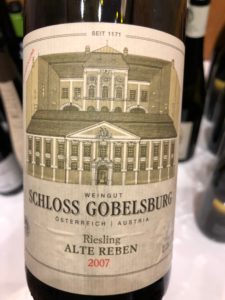
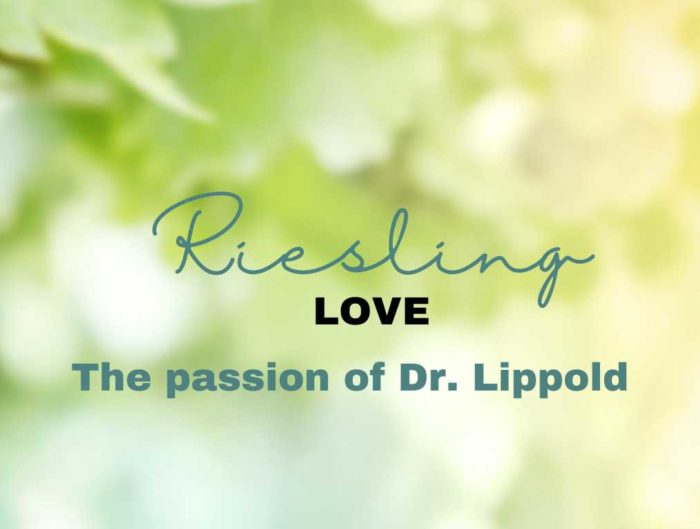
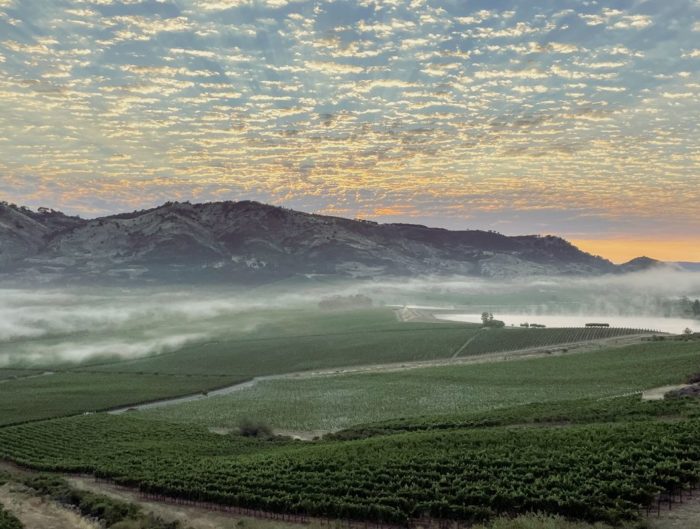
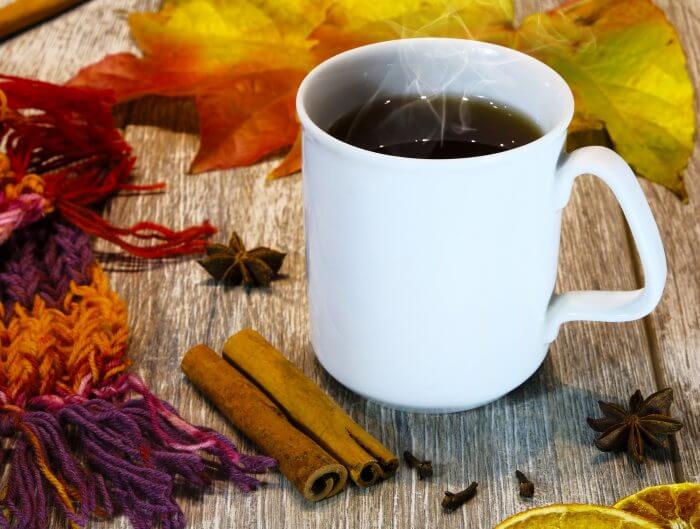
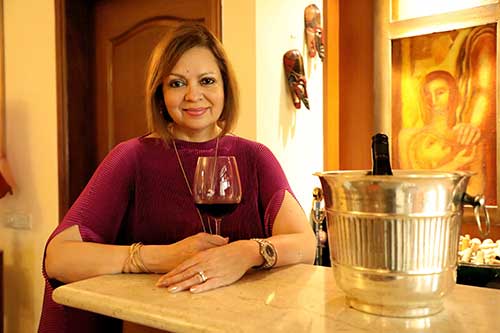







3 Comments
Hi there I am so glad I found your weblog, I
really found you by error, while I was researching on Google
for something else, Regardless I am here now and would
just like to say kudos for a incredible post and a all round
entertaining blog (I also love the theme/design), I don’t have time to read through it all at the
minute but I have saved it and also added your RSS feeds, so when I have time I will be back
to read a great deal more, Please do keep up the great work.
Hello! I’ve been following your website for a long time now and finally
got the courage to go ahead and give you a shout out from
Kingwood Texas! Just wanted to tell you keep up the fantastic work!
Hello there! This is my first comment here so I just wanted to give a quick shout out and say I genuinely enjoy reading your articles.
Can you recommend any other blogs/websites/forums that go over the same subjects?
Thanks a ton!